We all love the classic Christmas turkey, but the prospect of getting it wrong on the big day can be a real source of stress for the cook. Easy Food have teamed up with Kerrygold to bring you some tips this year; simply follow our easy guide below to find all the timings and advice you need, and be guaranteed the golden, succulent centrepiece of your dreams.
Getting started
Preheat the oven to 220˚C/200˚C fan/gas mark 7. Pat the turkey dry with kitchen paper. Gently separate the skin from the breasts using your fingers, then push 40g softened Kerrygold Butter under the skin, being careful not to tear it. In a small bowl, combine 100g softened Kerrygold Butter with 2 tsp lemon zest, 1 tsp chopped fresh rosemary, 1 tsp chopped fresh thyme and some salt and black pepper. Rub the skin of the turkey all over with the herb butter. Place the bird on a rack in a large roasting tin and cover with foil. Roast for the times shown below or until completely cooked throughout, removing the foil for the final 30 minutes of cooking time for a golden skin. Transfer to a plate, tent loosely with foil and allow to rest for at least 45 minutes before carving and serving.
Cooking for a smaller group?
A boned and rolled turkey breast will serve four with leftovers for sandwiches (or two, with enough left for a second dinner as well a few sambos). Preheat the oven to 220˚C/200˚C fan/gas mark 7. Mix together 50g softened Kerrygold Butter, 2 tsp lemon zest, 1 tsp chopped fresh rosemary, 1 tsp chopped fresh thyme and some salt and black pepper. Rub a 2kg boned and rolled turkey breast all over with the herbed butter, then place into a roasting tin and cover with foil. Roast for one hour and 40 minutes, removing the foil during the final 20 minutes of cooking time for a golden skin. Transfer to a plate, tent loosely with foil and allow to rest for 20-30 minutes before carving and serving.
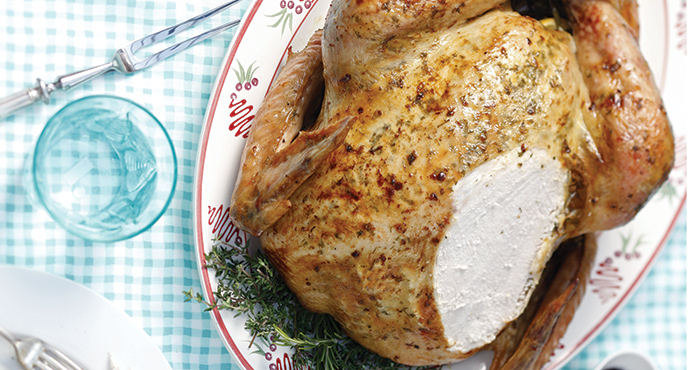
This turkey recipe with lemon and herbs uses softened butter to keep the breasts tender and succulent.
How long should I cook my turkey?
Follow our easy guide below to find the right cooking time for your turkey. Times shown below are for unstuffed birds cooked at 220˚C/200˚C fan/gas mark 7. Note: Oven temperatures vary, so always ensure your turkey cooked throughout before serving.
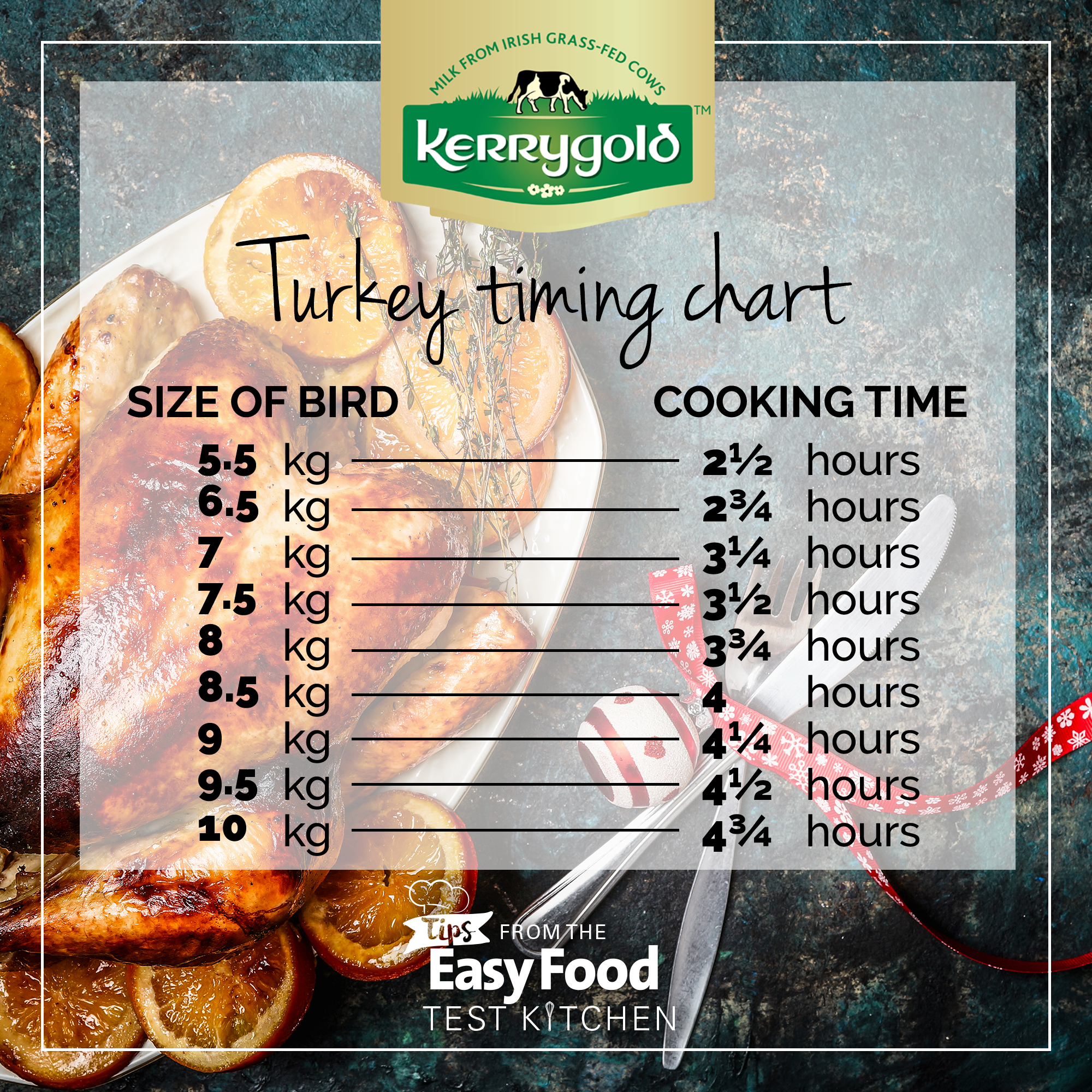
How do I check if the turkey is cooked?
Check for doneness by inserting a skewer or knife into the thickest part of the thigh and ensuring the juices run clear. If not, put it back in the oven for another 20 minutes, then test again. If you’re nervous, it’s well worth buying a meat thermometer to ease your mind; the turkey is ready when the internal temperature at its thickest part registers at least 74 ̊C.
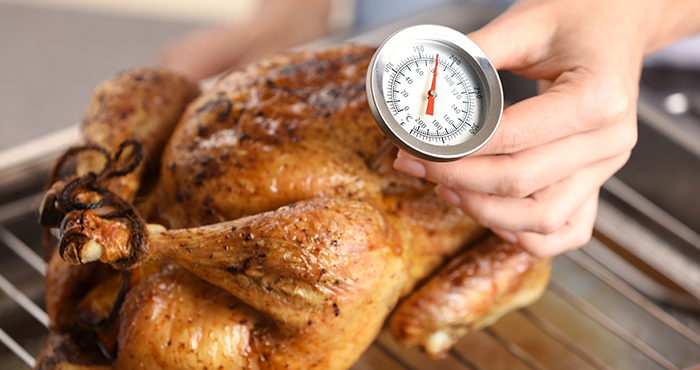
Turkey dos and don’ts
- DO thaw frozen turkeys entirely in the fridge before roasting. Depending on the size, this can take up to four days.
- DO allow the turkey to sit at room temperature for at least an hour before cooking.
- DO dry the skin with kitchen paper to help it crisp during roasting.
- DO rub softened Kerrygold Butter under the skin to keep the breast meat from drying out. Be gentle to avoid tearing the skin.
- DO season from the inside out: fill the cavity with aromatics like garlic, fresh herbs, lemon wedges and onion.
- If you have a lot of people to feed, DO consider buying two smaller birds rather than one large one.
- DO use a roasting rack in the roasting tin to elevate the turkey from the bottom of the tin. This will result in a more evenly-cooked bird.
- DON’T wash the turkey! Washing the turkey can contaminate your kitchen with bacteria as water droplets splatter. Cooking the turkey to the right temperature is sufficient to kill any bacteria inside.
- DON’T baste the bird if you want crispy skin. If you really must baste, do it once only.
- DON’T carve straight away. Leaving the roast turkey to rest for around 45 minutes after cooking will result in moister meat — and give you a chance to finish the sides and make your gravy. Simply tent it with foil, then layer with 2-3 clean kitchen towels to keep in the heat.
- DON’T waste the juices in the bottom of the roasting tin! Reduce them in a saucepan with chicken stock or white wine and thicken with cornflour for an amazing gravy.
Top tip: Always make extra stuffing — it disappears quickly, and is delicious in sandwiches, too! Kerrygold Butter makes moist, flavoursome stuffing with a beautiful golden colour.
This article is proudly sponsored by Kerrygold. For more delicious Christmas Day dishes, seasonal recipe inspiration and edible gift-giving, visit Kerrygold.com.
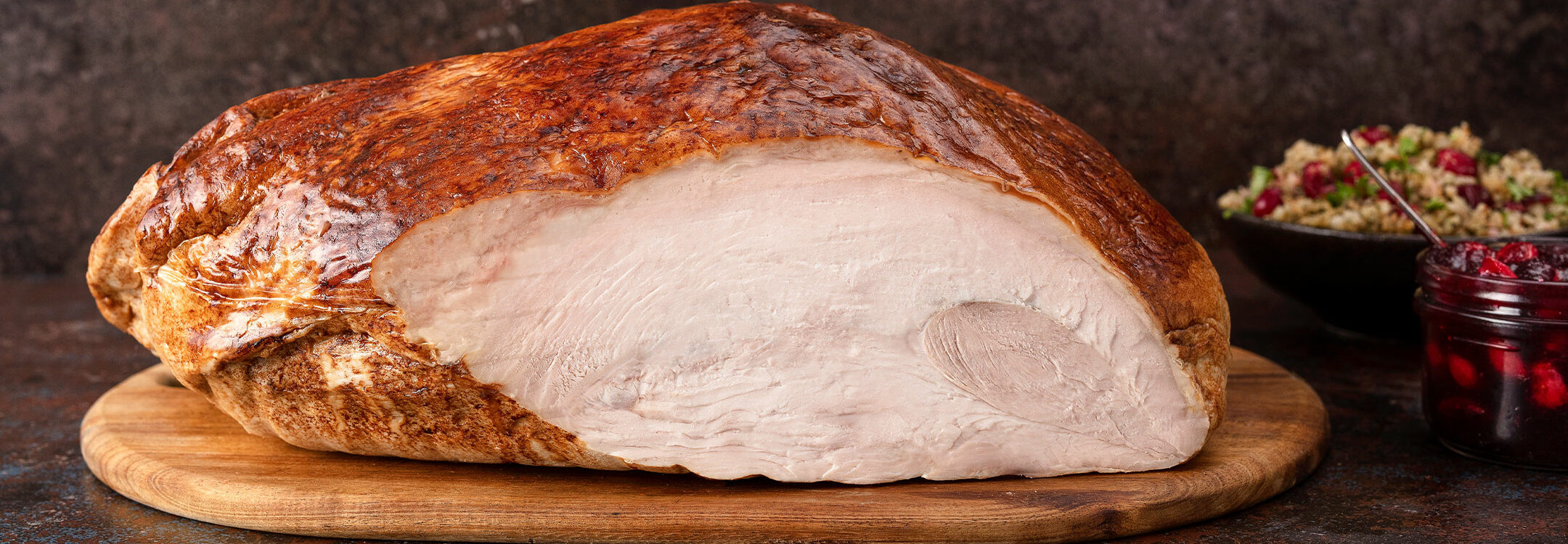
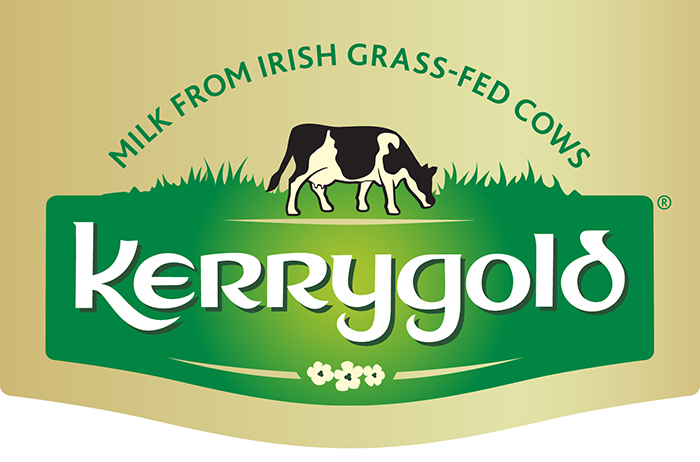
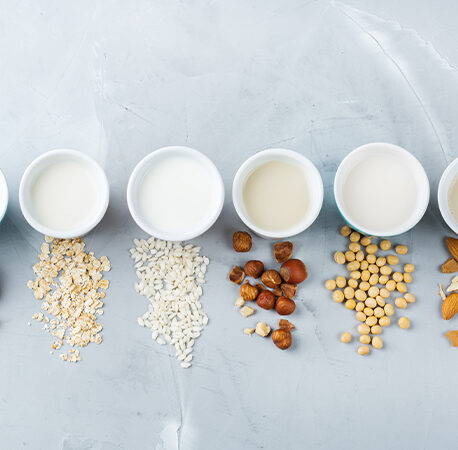
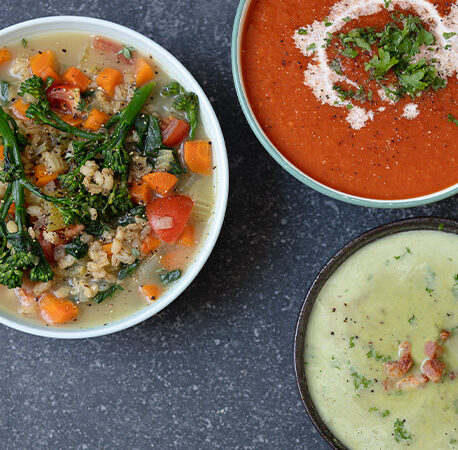
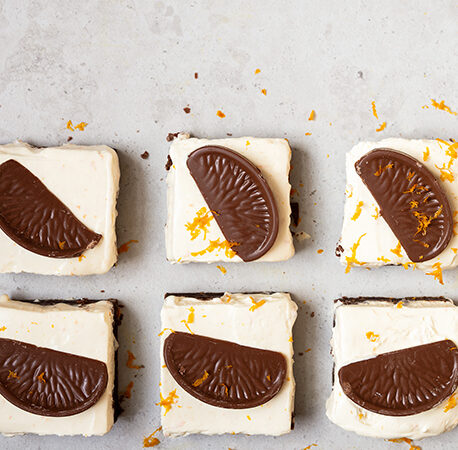
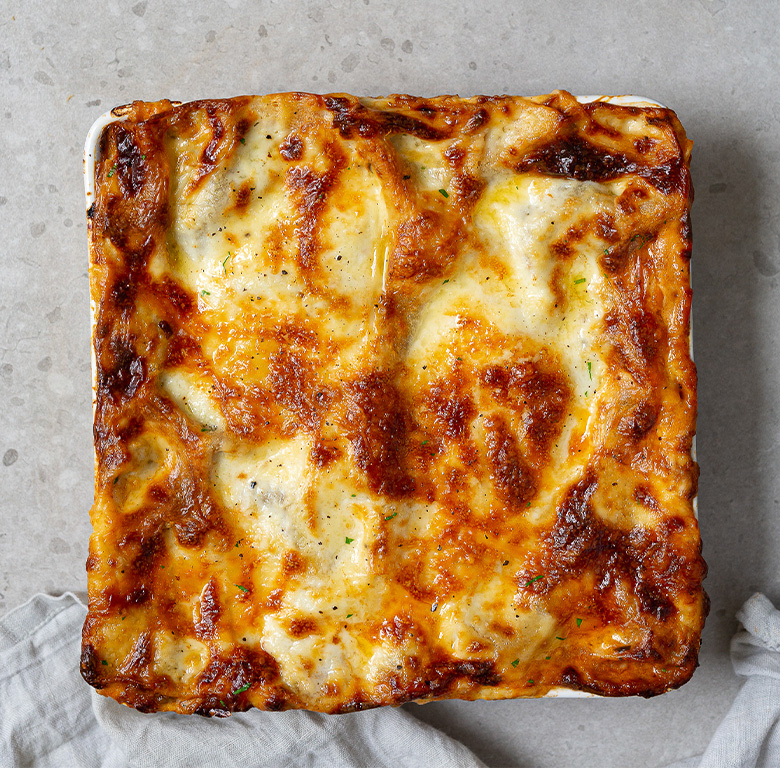
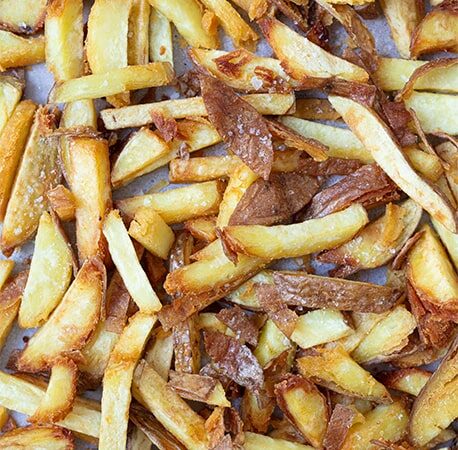
You have to be signed in to comment this post.